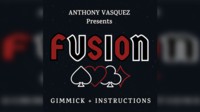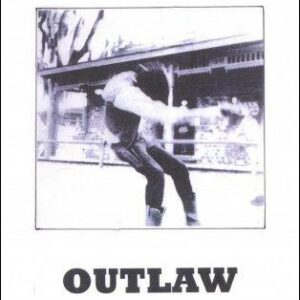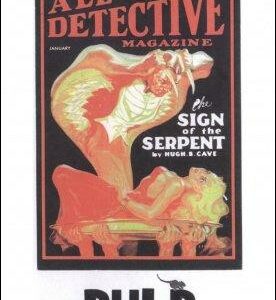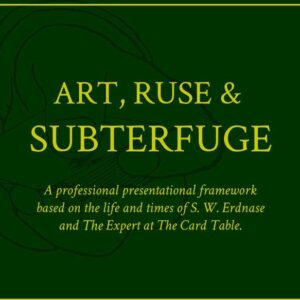This is the third (and probably last) open prediction effect that I’m publishing. The other two that I’ve already published are called Open Prediction: A New Approach to a Classic Plot and Open Prediction: The Simplest Approach. I call this one Open Prediction: The Best Approach because, of the three, it is the strongest one (at least in my opinion).
Imagine:
The magician introduces a deck of cards – he spreads it to show that all the cards are different, and then hands it to the spectator. At this point, the magician openly predicts a card by naming it out loud.
The spectator is invited to cut off any number of cards and to flip them face-up on top of the rest of the face-down cards. Once they’ve done that, they are asked to deal through all those face-up cards (that they flipped over) in order to see if the predicted card is among them. So the spectator does that, and they don’t see the predicted card anywhere.
After they’ve dealt through all the face-up cards, they arrive at the first face-down card – the one that they had cut to. They are invited to deal this face-down on top of the face-up dealt cards. After that, they are asked to deal through the rest of the face-down cards in order to see if the predicted card is among them. However, in order to keep the selected card in full view, the spectator is asked to deal through these cards in a separate pile. They do that, and they don’t see the predicted card.
The selected card (which remained in full view the entire time) is then turned over and revealed to be the predicted card.
Some important conditions of note:
- The deck contains no duplicates.
- When the spectator cuts off a packet of cards and flips it over, they can cut anywhere. It’s a free choice.
- The spectator themselves deal through all the cards. So they deal through all the face-up cards that they flipped over, then they deal their selected card (the first face-down card), then they deal through the rest of the face-down cards. The magician doesn’t do any of the dealing.
- From the moment the selected card is dealt, it remains in full view throughout the entire effect – it never leaves the spectator’s sight. This is why the spectator is asked to deal the remainder of the cards in a separate pile (rather than on top of their selection).




